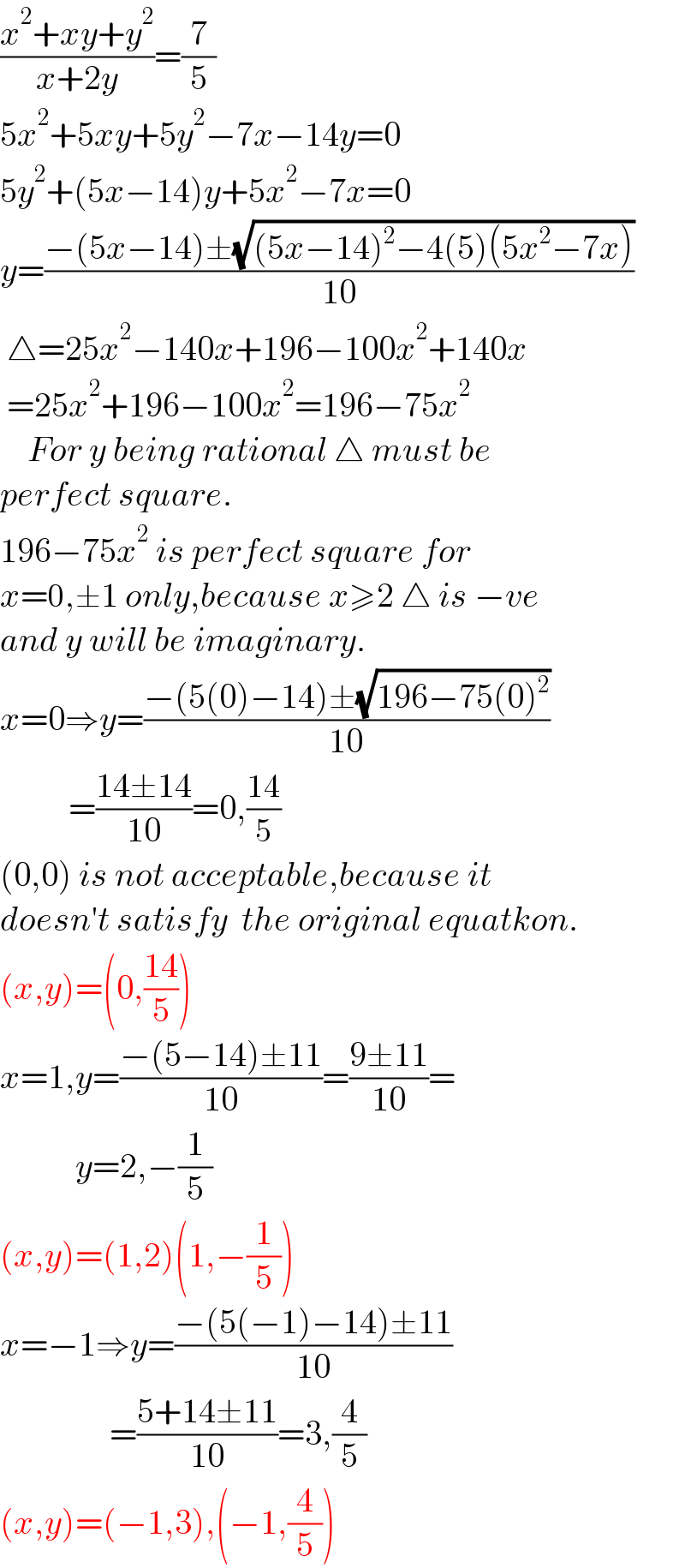
Question and Answers Forum
Question Number 155372 by mathdanisur last updated on 29/Sep/21

Commented by Rasheed.Sindhi last updated on 30/Sep/21

Commented by mathdanisur last updated on 30/Sep/21

Commented by Rasheed.Sindhi last updated on 01/Oct/21

Commented by mathdanisur last updated on 30/Sep/21

Answered by Rasheed.Sindhi last updated on 30/Sep/21

Commented by mathdanisur last updated on 01/Oct/21

Commented by mathdanisur last updated on 30/Sep/21

Commented by Rasheed.Sindhi last updated on 30/Sep/21

